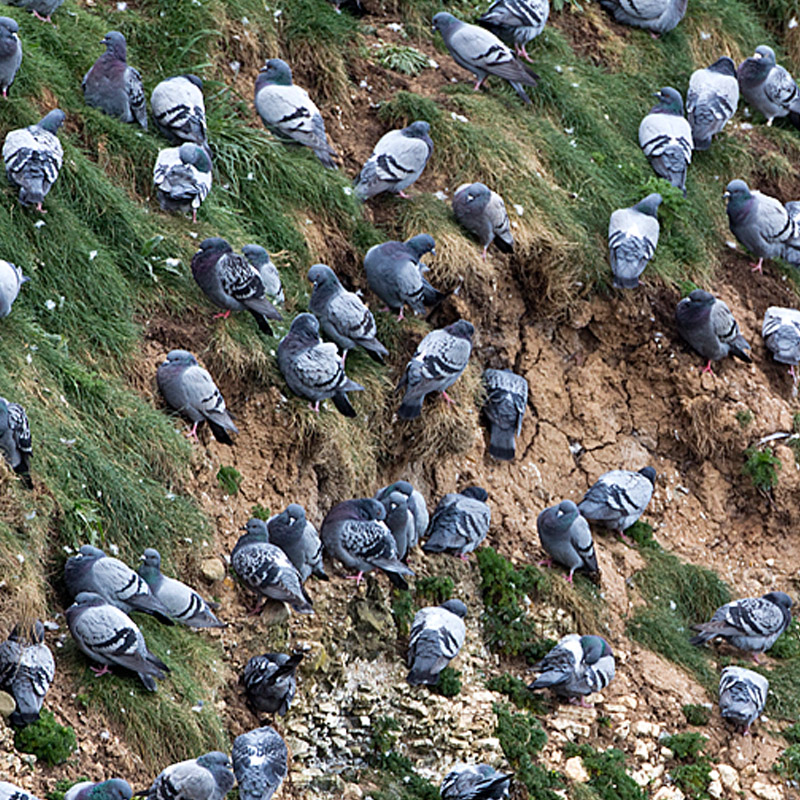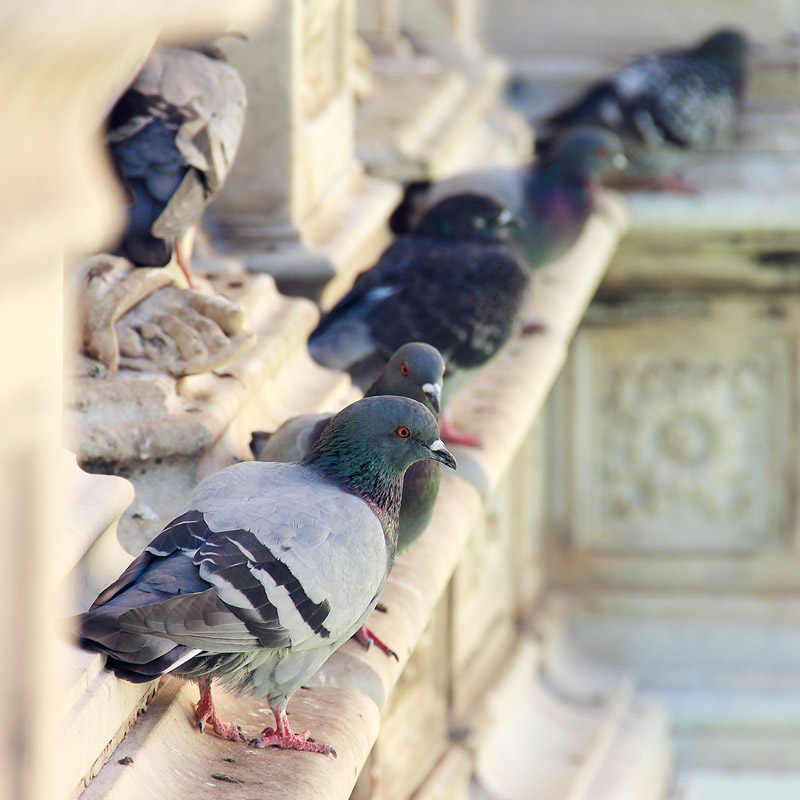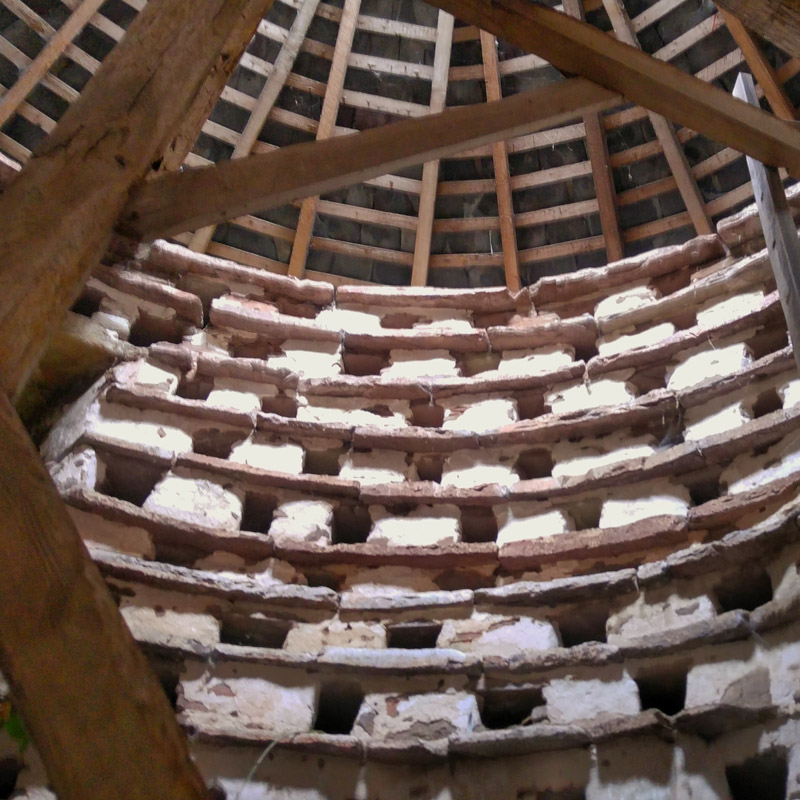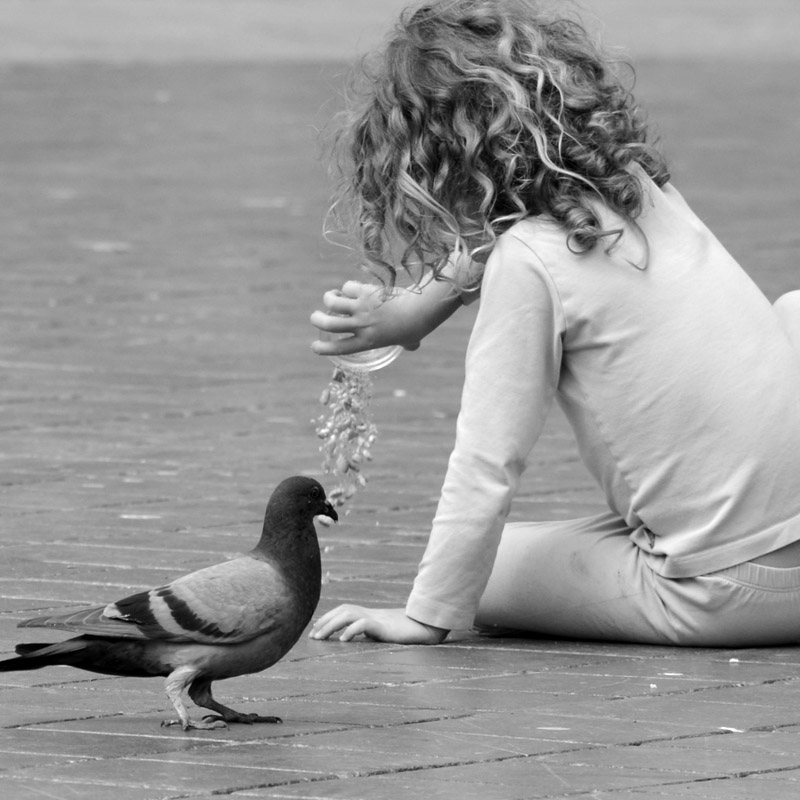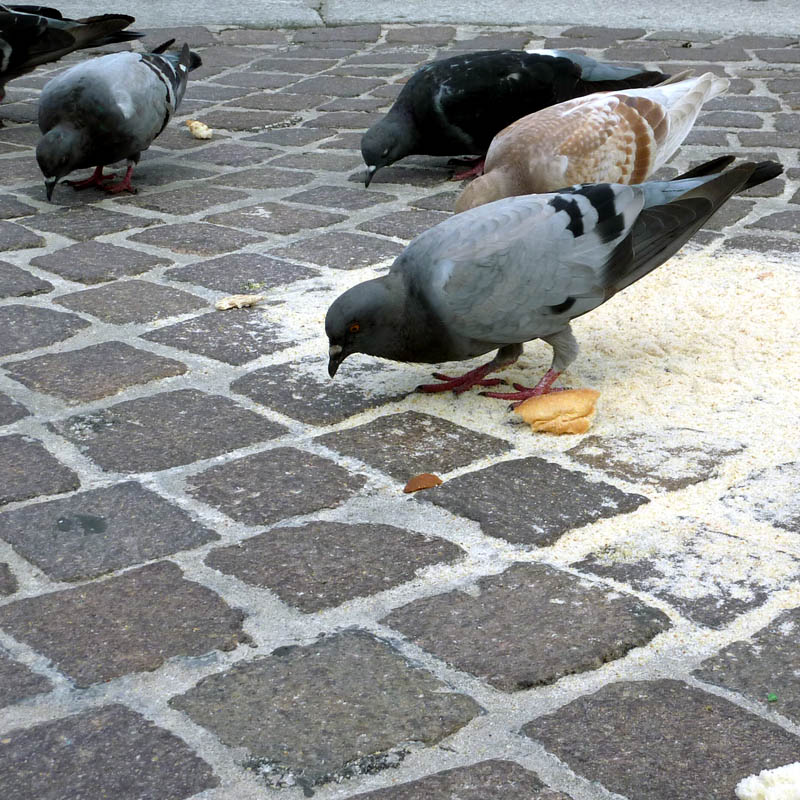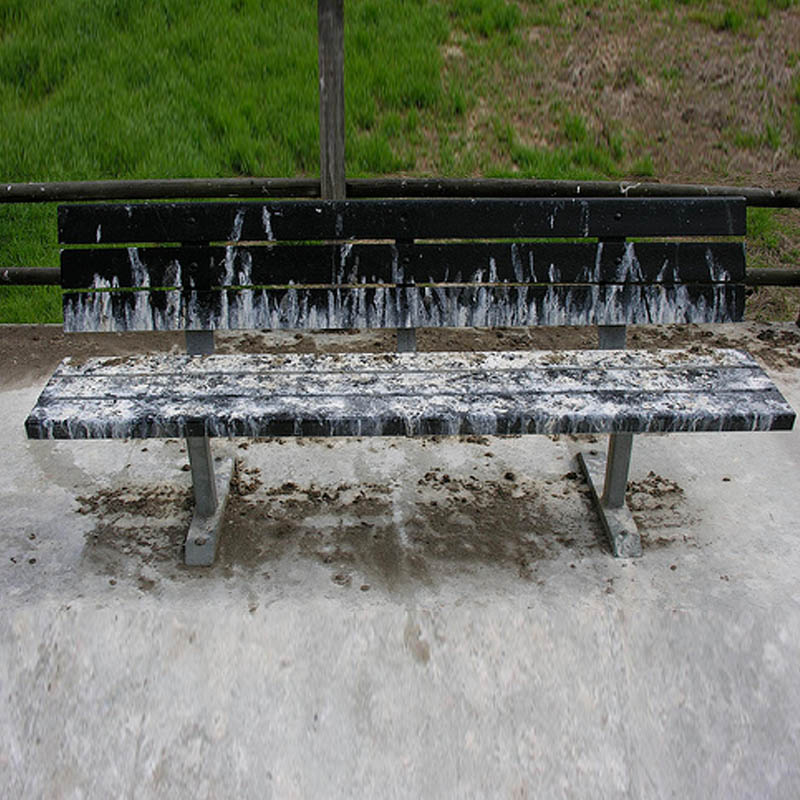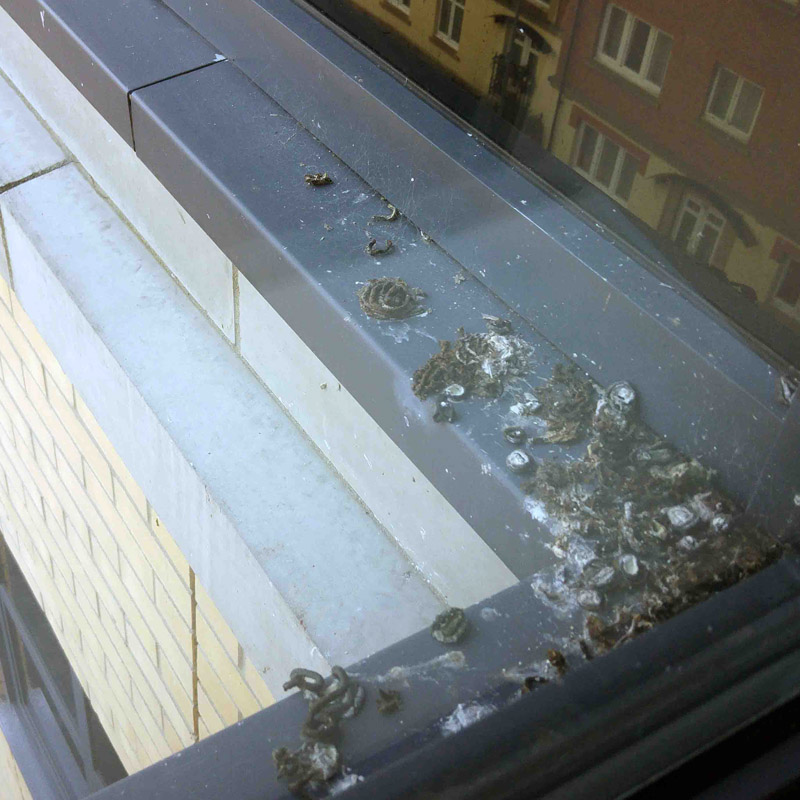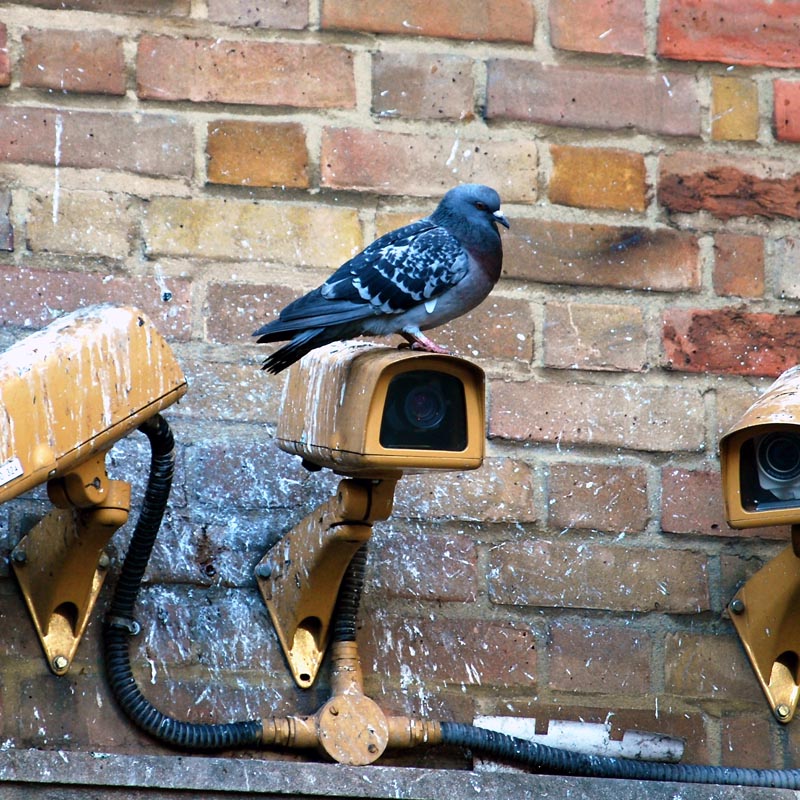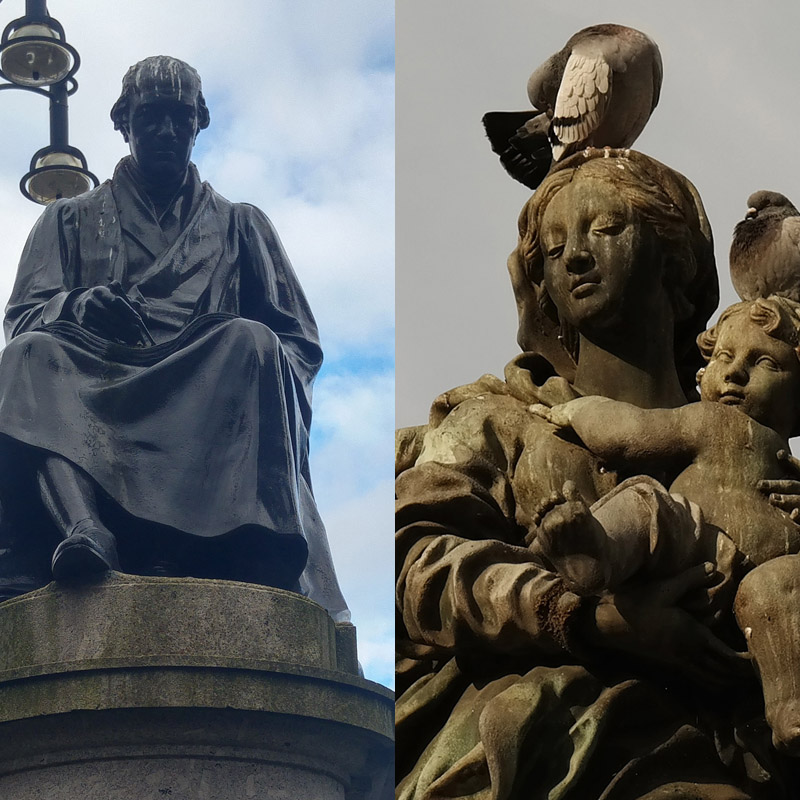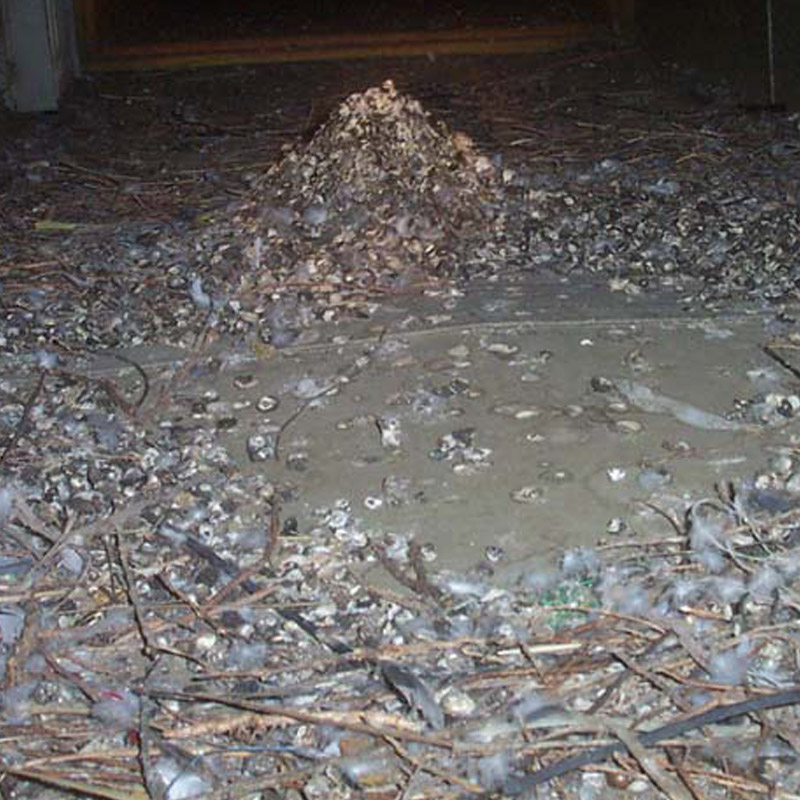Pigeons Past to Present Problem
How pigeons came to get so close
It is hard not to love a pigeon. In small numbers, they connect us with nature and provide a living backdrop to the harsh urban environments in which we live and work.
The pigeons we see in our towns and cities are descendants of the Rock Dove which naturally lives on cliffs in coastal regions.
Over the years, they have adapted well to living alongside us, swapping cliffs for buildings. Our architecture provides ideal roosting and nesting spots.
The move to areas of human habitation and their close association with man has been greatly influenced by our using pigeons as a food source, both for meat and eggs. They have also been vital in times of conflict to carry and transport messages
We have also used them to work for us in the transportation of messages.
The problem with pigeon droppings and faeces build-up depends on where they land.
Pigeons and disease transmission to humans
Pigeons have been found to carry several transmissible diseases.
The primary means of transmission is through the droppings, which when dry, the infection vector (virus or bacteria) becomes powdered and floats up into the air as dust, which can be inhaled.
Those with weakened immune systems are most vulnerable.
Organisms that pigeons have been found to carry include
Cryptococcal meningitis
Salmonella
Listeria
Viral Encephalitis
E. Coli
Histoplasmosis
Campylobacteriosis.
Feral pigeons are also commonly infected with the zoonotic bacterium .
Chlamydophila psittaci, the agent of psittacosis (also known as ornithosis) in humans.

